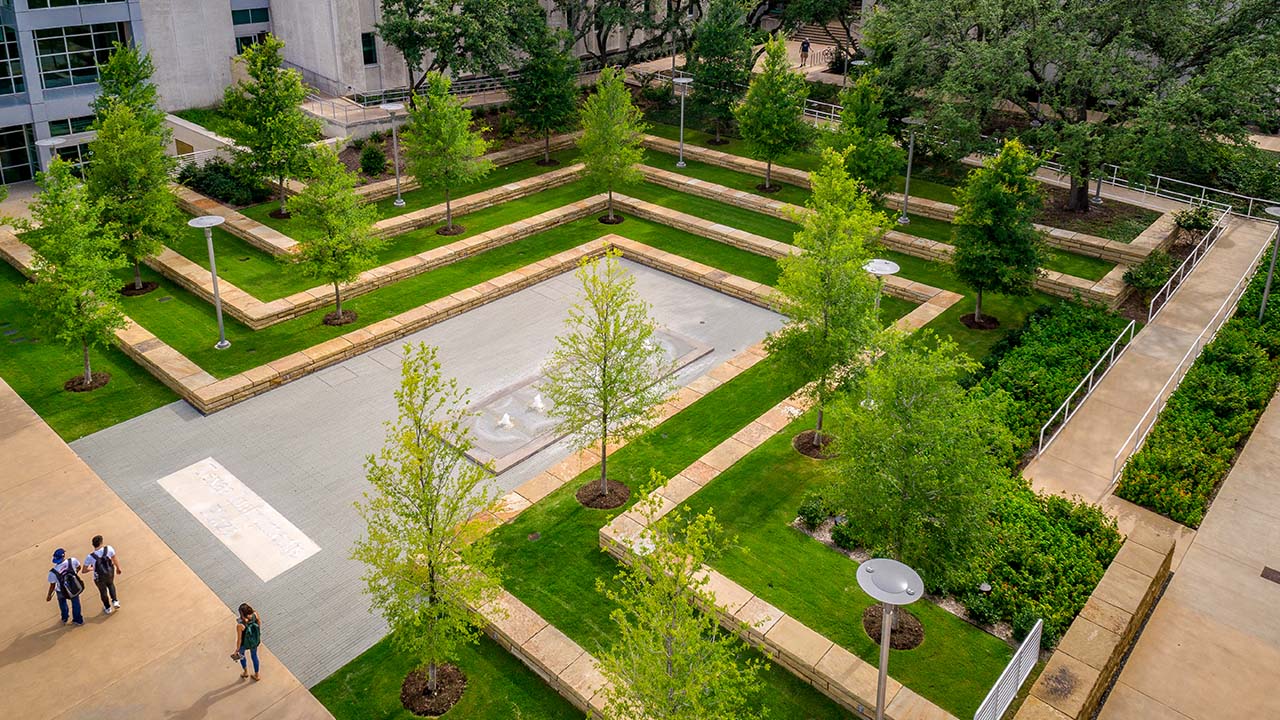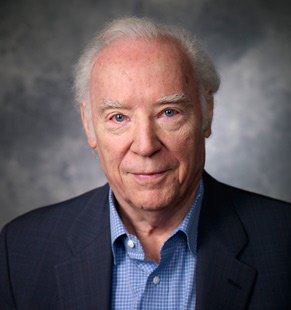
What Is Translation?
by Rainer Schulte
To understand translation in an immediately accessible form, one might start with George Steiner’s statement from his study of translation After Babel: Aspects of Language and Translation: “All acts of communication are acts of translation.” In an extended sense, one can say that we are all constantly engaged in some form of a translation process. Our speech, our perceptions, our ideas, and our interpretations are all products of a complex translation dynamic. There is hardly any daily activity that is not involved in some form of translation.
We must consider verbal, visual, and musical interpretations as acts of translation. In communication with other people, we translate sound and physical gestures to understand the full content of a conversation. The actor translates the spoken word into the performance on the stage, as sound, gesture, and movement. The pianist translates the notes of the score to the piano, and the conductor translates the spirit of an orchestral score for the musicians, who in turn give life to the notes they read in the scores. The same can be said about writers, composers, and visual and multimedia artists, who translate their visions into the possibilities of their respective medium. Not to mention the translation that takes place from one medium to the next: novels into film, musical sounds into visual images, and images into musical sounds. It would be difficult to find human activities that are not in one form or another involved in the act of translation.
…one can say that we are all constantly engaged in some form of a translation process. Our speech, our perceptions, our ideas, and our interpretations are all products of a complex translation dynamic.
To better understand the conceptual frame of translation, the image of the “bridge” can illuminate the inherent function of translation. As we cross the bridge from one language or culture to another, a series of considerations come into play. We begin the crossing of the bridge with the social and cultural baggage of the original cultural landscape. As we progress across the bridge, preparations have to be made to be ready for the new landscape on the other side of the river. Yet, we cannot assume that the landscape on the other side has been shaped by the same cultural, historical, and social traditions of the language of origin. In the process of crossing the bridge, a mental transformation has to take place. We have to understand that the ways we orchestrate our daily lives, our approaches to cultural phenomena, and our reactions to social behavior are probably not the same as we leave the bridge and enter a new language and cultural environment. In other words, we have to undergo a transformation and not take our ways of thinking and understanding for granted, if we want to find entrance into a new culture and a new mod of interpreting the world. In that sense, we can say that translation is neither the original language nor the receptor language. Translation is that which happens in the crossing of the bridge, that which is transformed in the act of crossing. The visualization of the inherent movement and effect of translation can be further illustrated with the German word for translation: über-setzen. The first part of the word means “across,” and in connection with the second part it means “crossing the river.” Whatever is being transported from one side of the river to the other will have to undergo some kind of transformation, because the people on the other side of the river don’t necessarily follow the same kinds of social and cultural practices and rituals. The other side is the unknown, the “foreign” we would like to interpret, understand, and communicate with. Our premises of interaction within our own traditions of language and culture are in all probability not the same as we will encounter in the foreign terrain on the other side of the river. In view of that reality, one could create the maxim: translation is always driven by transformation and a never-ending dialogue with the other. We need to stay open to the foreign to initiate dialogue and understanding. On a more philosophical level, the concept of translation comes closest to the pulse of the present, since no two moments are the same, and we have to translate ourselves, ideally speaking, continuously from one moment into the next.
Here begins the entrance into the digital age. The advantage, and therefore the disadvantage, of digital thinking and practice is the recognition that digital creations cannot be recorded in static form, only in a digital format. The digital universe allows us to present the interpretation of texts in the most comprehensive way. We can create objects that contain verbal, visual, musical, and sound components that will allow a person to approach the object from various perspectives to create a multiple sensuous experience. For example, a poem by T.S. Eliot can be approached from its verbal text, from the reading of the poem by the poet himself or other readers, from the translation into other languages, from video interjections of translators and critics talking about the poem, and what the reactions were to the poem when it was first published. Thus, the digital technology allows us to create a more total understanding of a work and, at the same time, a possibility to establish a continuous interaction with the work. Perhaps the concept of the Gesamtkunstwerk finds a new reality as a Gesamtverständnis of a work.
Translation is always connected with the act of interpretation, and therefore translation thinking and translation methodologies can be used to revitalize the act of reading and interpretation. A particularly helpful tool is the study of multiple interpretations of verbal, visual, and musical texts. One does not have to be musically trained to perceive the different of approaches to the Italian Concerto by Johann Sebastian Bach performed by five different pianists. Variations in tempo and rhythmic phrasing can easily be detected by the listener. Every difference in the performance will heighten the listener’s level of attention and thereby bring him each time closer to the work itself. When a word of the original language is translated differently by five translators of a poem, then the reader is prompted not only to recognize the differences, but also to contemplate how each interpretive perspective by the translator widens the understanding of the poem. Every reading of a new translation of a work refines the interpretive sensitivity of a reader. The same applies to a listener and a spectator.

About the Author
Rainer Schulte is the editor of Translation Review. He is the founder of the Center for Translation Studies at The University of Texas at Dallas and co-founder of the American Literary Translators Association.